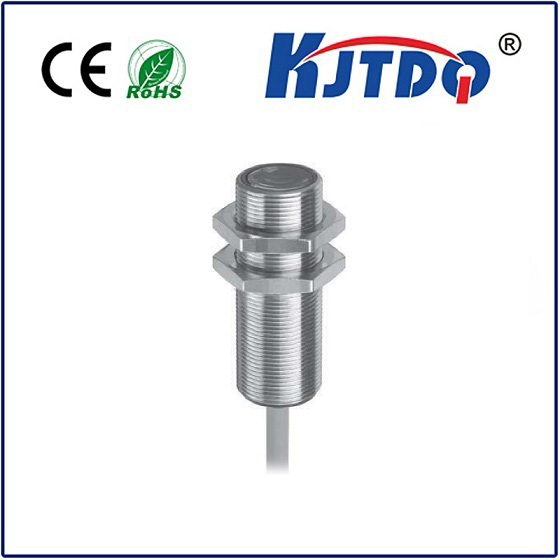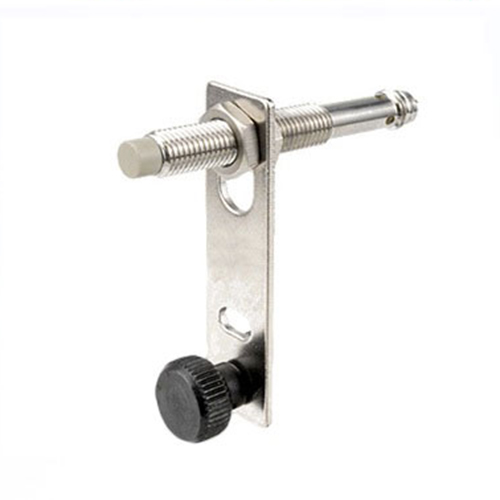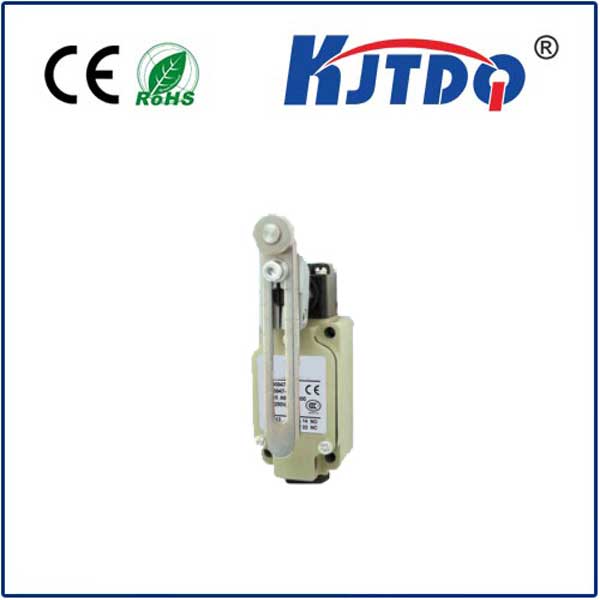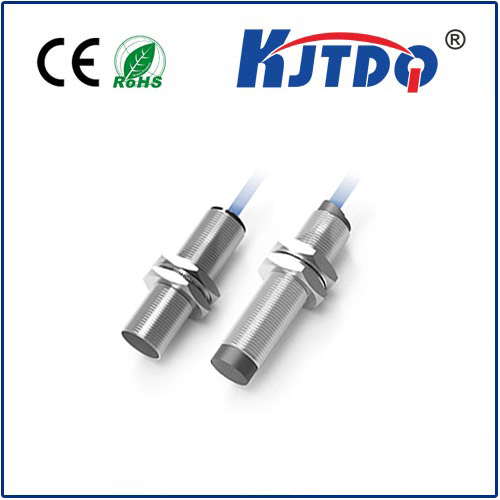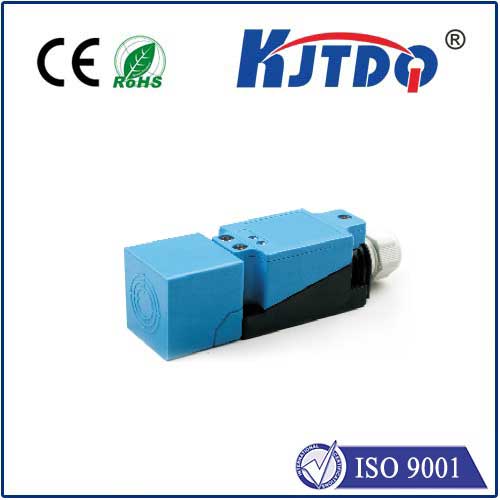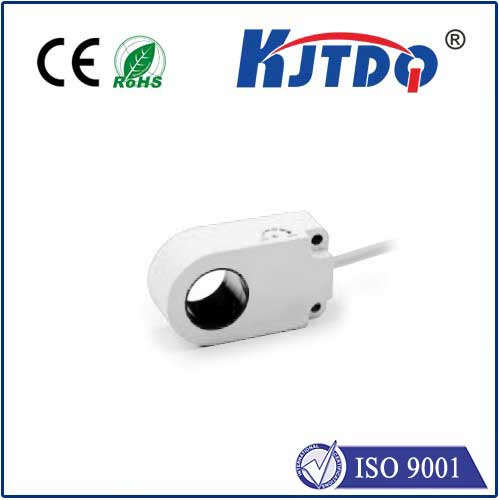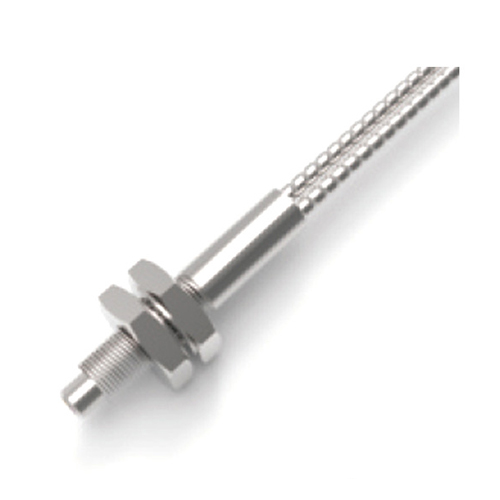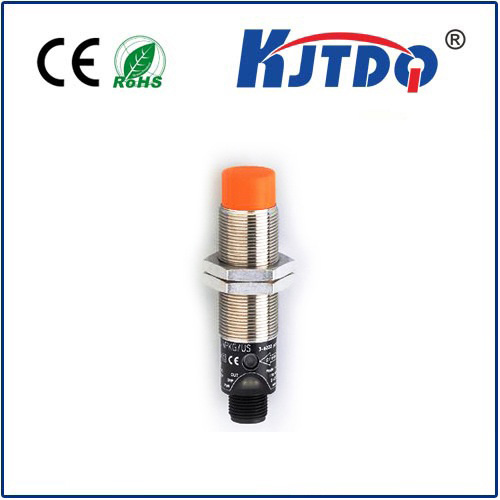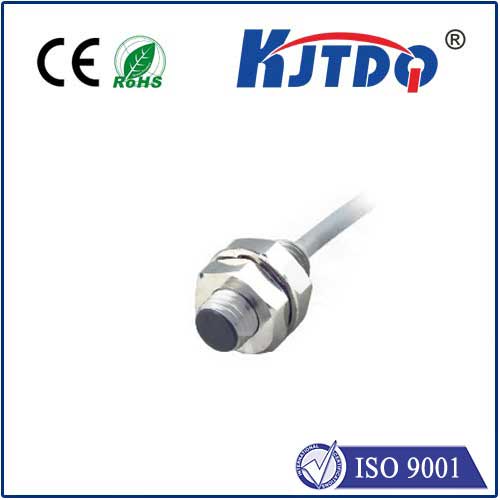

check

check

check

check

check

check

check

check

check

check
Title: Understanding the Role of Water Limit Switch in Irrigation System
Water is a vital resource for all living beings. However, it is important to ensure that this resource is distributed efficiently and effectively. One of the key components in achieving this is the use of water limit switches in irrigation systems. In this article, we will discuss the significance of water limit switches and their role in maintaining optimal levels of water supply.
Introduction:
A water limit switch is a mechanical device used to control the flow of water into an irrigation system. It works by opening or closing a valve, which in turn regulates the amount of water that enters the system. The purpose of a water limit switch is to prevent overwatering, which can be harmful to crops and lead to wasteful consumption of water resources. In this article, we will explore the different types of water limit switches and their applications in irrigation systems.
Types of Water Limit Switches:

There are two main types of water limit switches: manual and automated. Manual switches are typically designed for smaller irrigation systems, while automated switches are more suitable for larger systems. Automated switches are controlled by sensors that detect the moisture level in the soil, and automatically open or close the valve accordingly. This ensures that the water supply is maintained at an optimal level, without requiring constant human intervention.
Applications of Water Limit Switches:
Water limit switches are commonly used in agricultural irrigation systems, but they can also be found in other industries where water management is crucial. For example, they are used in industrial processes where precise control of water flow is required to ensure efficient operation. In addition, water limit switches are sometimes employed in domestic settings to prevent overwatering of lawns and gardens.
Benefits of Using Water Limit Switches:
Using water limit switches can offer several benefits, including:
1. Improved crop yields: By preventing overwatering, water limit switches help to maintain optimal soil moisture levels, which is essential for healthy plant growth. This can lead to higher yields and better quality crops.
2. Reduced water wastage: When water is applied excessively to soil, it quickly evaporates, leading to lost productivity. By using water limit switches, farmers can avoid this wastage and optimize their water usage.
3. Cost savings: Excessive water use can be costly, both in terms of money wasted on unnecessary water bills and the environmental impact of overconsumption. By using water limit switches, farmers can save money while also reducing their ecological footprint.
Conclusion:
In conclusion, water limit switches play a crucial role in ensuring efficient and effective use of water resources in irrigation systems. By controlling the flow of water into the system, these devices help to maintain optimal soil moisture levels, leading to improved crop yields and reduced water wastage. Whether you're running a small-scale farm or a large industrial facility, incorporating water limit switches into your operations can help you achieve optimal results while also minimizing your environmental impact.
